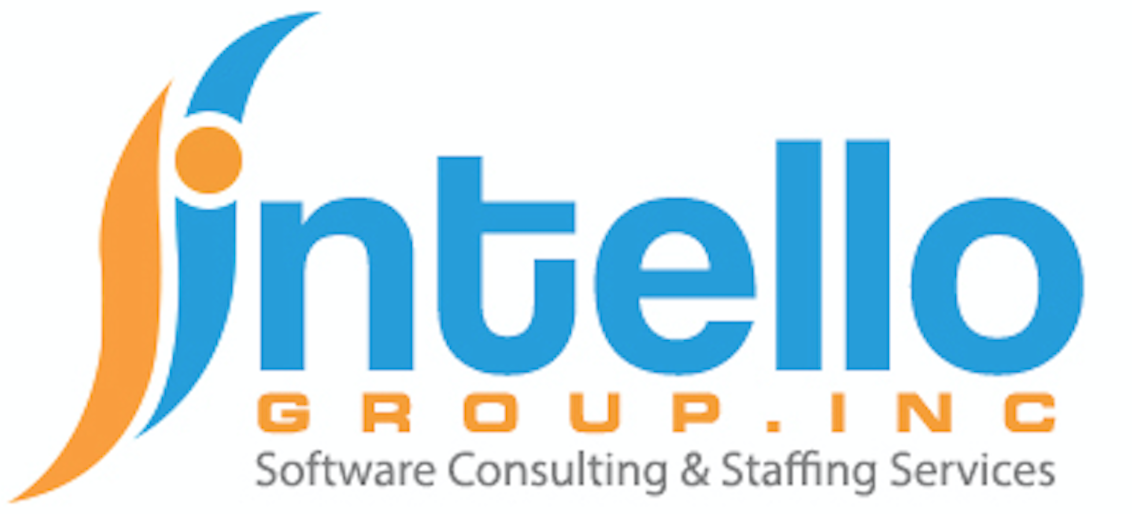Start your business to the cloud solution tomorrow before heading out
To build an application like these in the cloud in a short amount of time is practically impossible. Hiring competent professionals, redesigning the system, and coding and testing everything all require heavy investment. It’s not possible to remain outside of it: every day, new competitors appear that run natively on tablets, browsers and smartphones.
Our solution is planned for companies like yours, we take care of all the configurations. You will have a familiar atmosphere, similar to the one you use today, to install and test your applications, that soon after will be available to all of your clients and employees.
The beauty of cloud solution is its elasticity and the scalability. Right now, there are three cloud computing options available — public, private and hybrid. The one you choose will largely depend on how you plan to use your cloud, what your security needs are, and how much you want to spend. Here’s how all of the options stack up:
Public Cloud
Think of the public cloud as a utility, like electricity or water — you only pay for what you want and it’s available on demand. In a public cloud, multiple customers have virtual servers that are connected to one physical server that is typically located off site. These virtual servers are completely isolated and separate, but the underlying hardware, and sometimes the storage, is shared.
Private Cloud
In the private cloud, you aren’t sharing the underlying hardware with anyone, so it’s more secure than a public cloud. You can still add virtual servers to your physical server, but it isn’t as flexible as a public cloud. With a private cloud, you also own the hardware and the service, so you’ll need someone with a high level of cloud expertise to manage it.
Hybrid Cloud
A hybrid cloud is a combination of both public and private. Think of the cloud as a server. A server may be running on a private cloud or a public cloud. For example, you could have an application running on the public cloud that uses data stored in the private cloud. Both clouds are completely separate, but they are able to connect and talk to each other.
